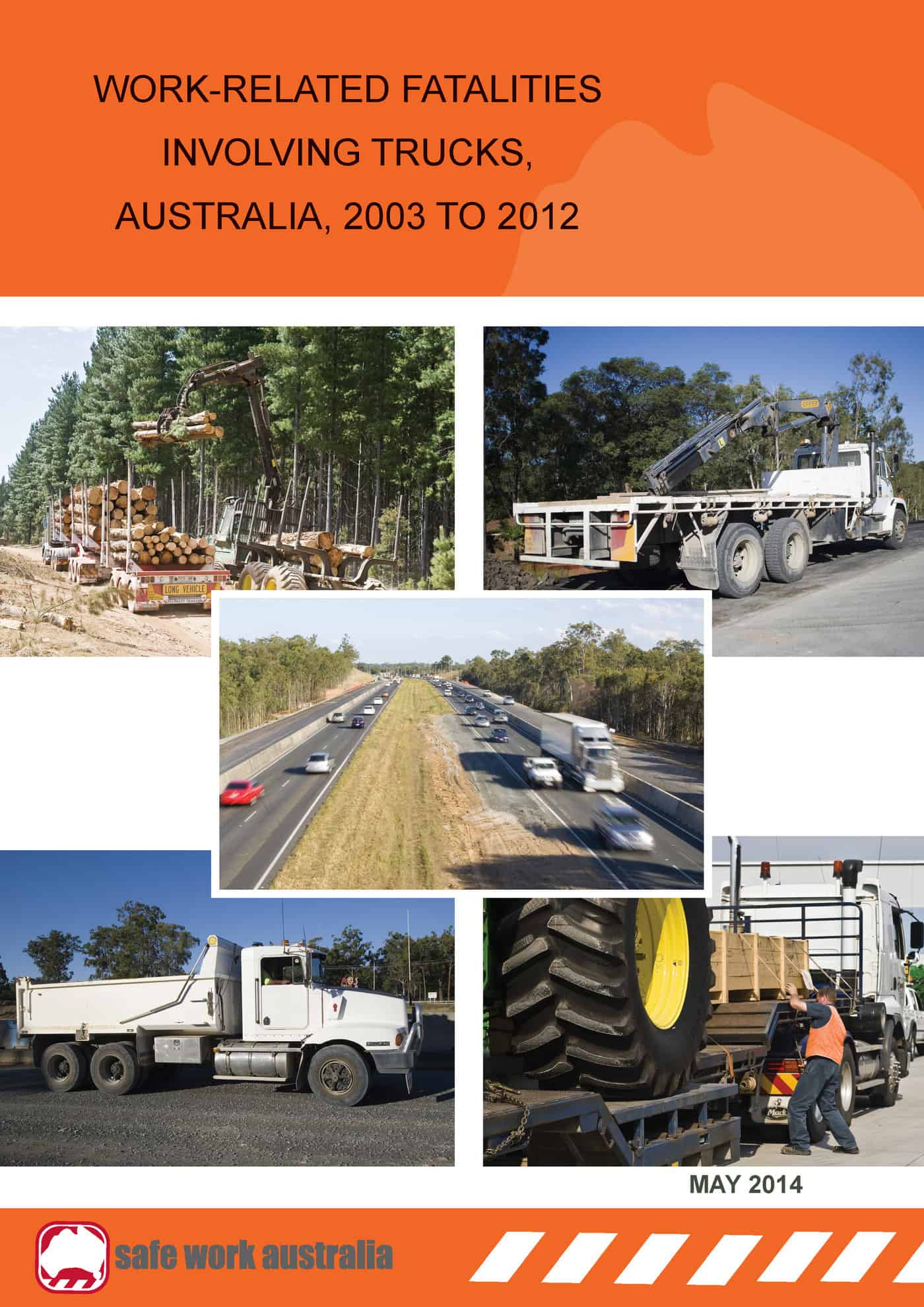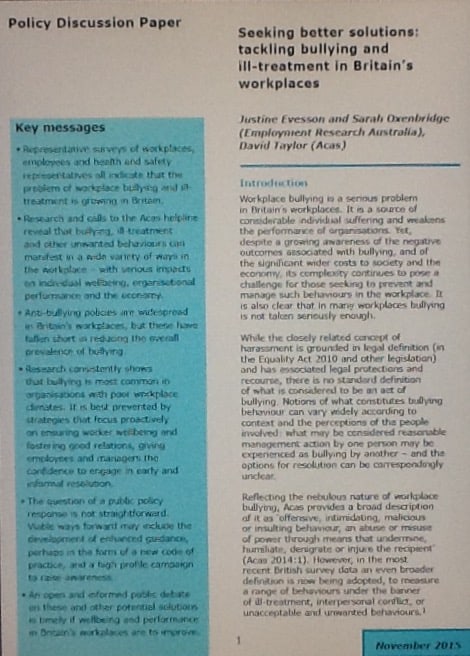Zero Harm was an enormously popular motivational aim for OHS. It originated as a response in some large organisations where safety performance was plateauing and who felt that they had achieved as much as they could in redesigning work and improving physical safety. The plateauing led to frustration and a reassessment of safety practices. The remaining variable was seen to be the worker and so slogans were instigated to increase the care (or mindfulness) of workers.
However, this assessment seems to have taken the traditional, and shallow, approach. One variable is, of course the worker but the assessors failed to see that the organisational structure and operations were, or should be, variable too. In the words of the current Australian Prime Minister, Malcolm Turnbull, this variability, this adaptability, could lead to innovation, economic growth and increased sustainability.
The promotion of the zero harm approach to safety could be seen as a safety dead-end and an indication that organisations were fixed on only seeing the dead-end. Safety thinkers, and there are a few, offered ways out of the dead-end by thinking differently about what we know.




 Judith Hackitt, Chair of the UK Health and Safety Executive
Judith Hackitt, Chair of the UK Health and Safety Executive